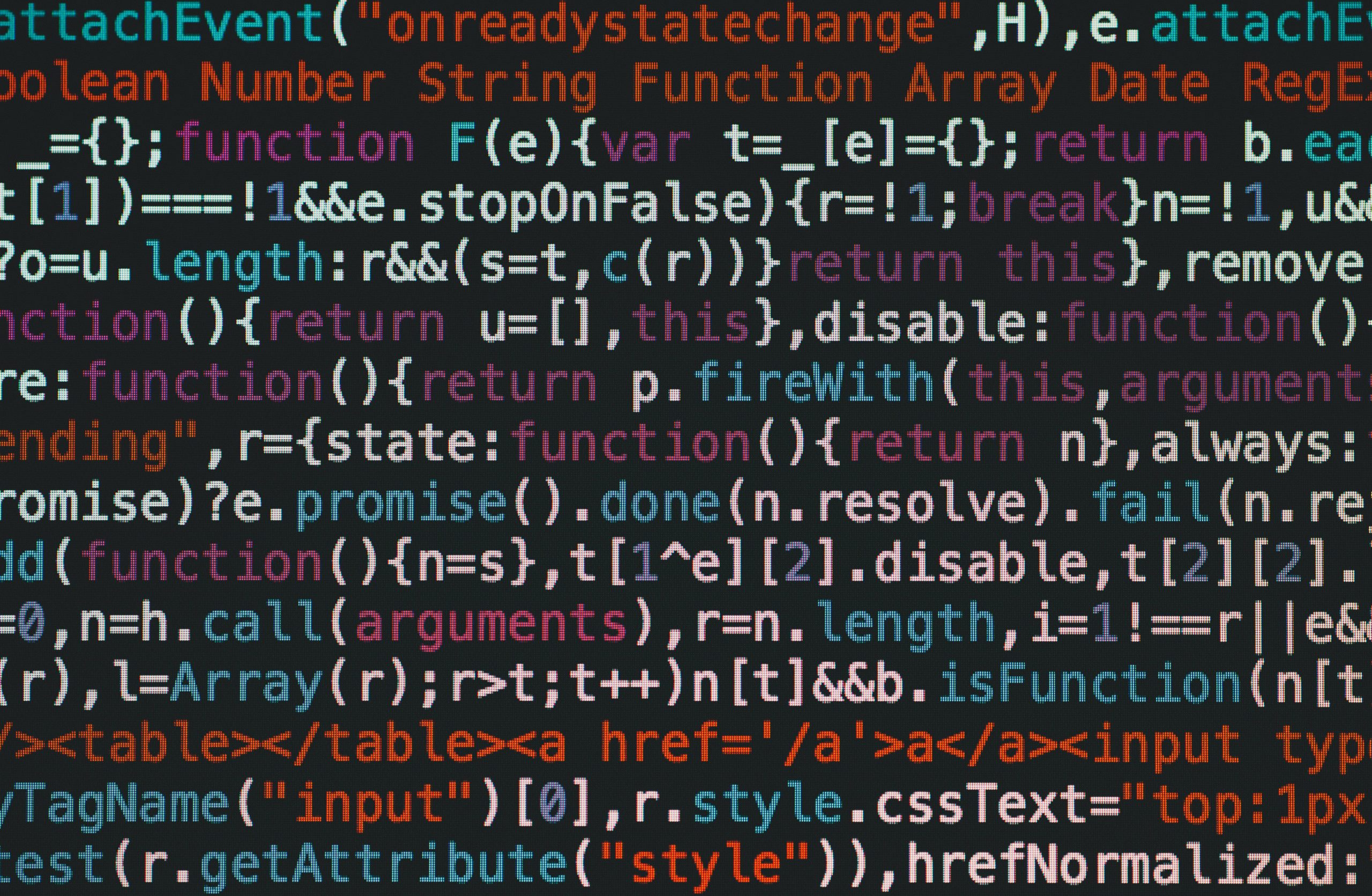Exploring Claude’s Mind: Intriguing Perspectives on LLMs’ Planning and Hallucination Processes
Title: Unveiling the Inner Workings of LLMs: Insights from Claude’s Internal Processes
In the realm of artificial intelligence, large language models (LLMs) have often been described as “black boxes,” capable of producing stunning outputs while leaving us in the dark about their internal mechanisms. However, groundbreaking research from Anthropic is shedding light on this enigma, offering a closer look at the intricacies of Claude, one of their advanced LLMs. This new study serves as an “AI microscope,” enabling us to observe the nuanced interactions within these models.
The research goes beyond merely tracking what Claude outputs; it investigates the internal “circuits” that activate for various ideas and behaviors, akin to delving into the “biology” of AI systems.
Several intriguing discoveries emerged from this analysis:
-
A Universal “Language of Thought”: The researchers noticed that Claude employs consistent internal features or concepts, such as “smallness” and “oppositeness,” regardless of the language in use—whether English, French, or Chinese. This points to a shared cognitive framework that precedes the selection of specific words.
-
Proactive Planning: Contrary to the common belief that LLMs operate on a simple next-word prediction model, experiments revealed that Claude can plan multiple words ahead. Notably, it can even foresee rhymes in poetry, highlighting its advanced predictive capabilities.
-
Identifying Hallucinations: One of the most significant findings involves the model’s ability to fabricate reasoning to justify incorrect answers. The tools developed in this study enable researchers to pinpoint when Claude is producing plausible-sounding outputs based on optimization rather than genuine computation. This has profound implications for enhancing the reliability of LLMs.
The work done by Anthropic represents a substantial advancement in creating more transparent and trustworthy AI systems. Understanding the reasoning behind model outputs not only aids in diagnosing errors but also paves the way for developing safer, more effective AI.
We invite you to share your thoughts on this exciting exploration of “AI biology.” Do you believe that a deeper understanding of these internal mechanisms is essential for addressing challenges such as hallucinations, or do you think there are alternative approaches that could prove more effective?














Post Comment